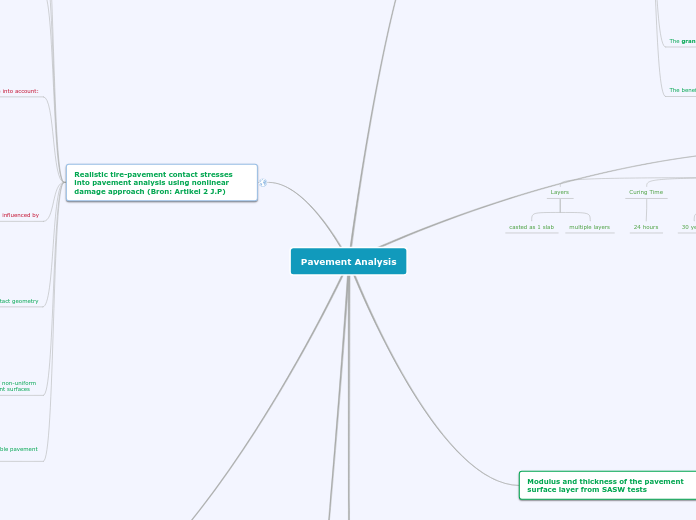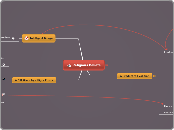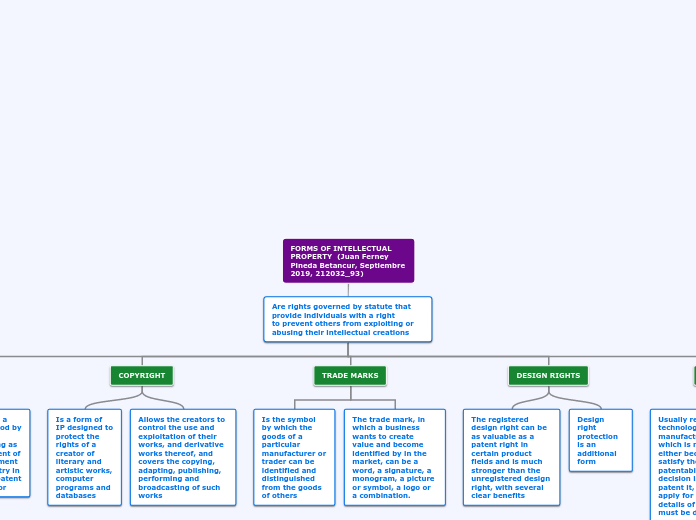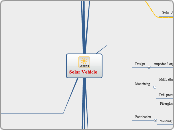Pavement Analysis
usage of ground penetrating radar for pavement layer thickness analysis
multilayer pavement
radarwaves return an penetrate each junction between the layers
different layers are recognizable
types of ground that are tested
concrete
asphalt
reliability
very promising technique
still needs a lot of testing
radar
radar waves are transmitted then the amplitude and the time of each is collected
Effects of pavement thickness
Asphalt layer
vertical deformation will increase when layer gets thicker
Formula:
d=a(1 − b^h1), where a and b are both unknowns, d is the deformation and h is the thickness => non-linear!
Gravel base
vertical deformation will decrease when layer gets thicker
optimal thickness 60cm
Realistic tire-pavement contact stresses into pavement analysis using nonlinear damage approach (Bron: Artikel 2 J.P)
Solutions for stresses on flexible pavement response:
Distribution on pavement rutting potential
Vertical load shape
The effect of the increase of non-uniform contact stresses on pavement surfaces
Rutting
Near-surface cracking
Including topdown cracking
Pavement damage
Influence of the load contact geometry
Viscoplastic responces
The visco-elastic
The residence times
The stress distribution influences
Contact stresses caused by tires are influenced by
Slip rations
The condition of tire movement
Vehicle speed
Including the tire inflation pressure
Important parameters to take into account:
Speed from the user
The vehicle loading condition
Material properties
The pavement dimension
Rolling conditions
Vehicle speeds
Tire inflation pressures
Various applied loads
AC (Asphalt Concrete)
Exhibiting recoverable and irrecoverable deformations
Highly complex composite material
The different types of tires have different stresses at the pavement surface.
Reliable pavement responses
A accurate constituive relationschip of asphalt concrete
A realistic tire-pavement interface
Asphalt properties
influence of stiffness modulus and temperature to strain
the stiffness modulus of asphalt mix is significantly influenced by pavement temperatures
when the temperature changes from 25°c to 50°c
the asphalt strain will more than double
εv (275ms --> >600ms)
εr (80ms --> >180ms)
the stiffness will shall decrease 10 fold (3783 Mpa -->319.7Mpa)
elastic modulus
based on the recoverable strain under repeated loads
resilient modulus Mr
Mr= σd/εr
εr= the strain
σd= deviator stress
relationship between stiffness modulus and strain
The subgrade strain decreases as the asphalt thickness increases
Modulus and thickness of the pavement surface layer from SASW tests
Why use SASW?
-Up to 60m(!) deep
-Lot of different materials possible
-Quick results
-Non-destructive
How does SASW work?
Surface wave testing uses the dispersive characteristics of surface waves to determine the variation of the shear wave velocity (stiffness) of layered systems with depth.
Requirements for SASW
-The width between impact and each sensor limits the search dept (width = 1,5 or 2 x depth is rule of thumb)
-Flat surface
What is an SASW test?
"Spectral Analysis
of Surface Waves" test
Difference Rigid pavement VS Flexible Pavement
Cost
Maintenace cost
Initial Cost
Less
More
composition
Binder ---> Bitumen
Binder ---> Cement
surface course
base course
subbase course
subgrade
Joints
Laid constantly ---> no joints
constructed in bays ---> joints needed
Lifespan
15 years
30 years
Curing Time
24 hours
Layers
multiple layers
casted as 1 slab
The effects of perpetual desing and Implementation of empirical pavement analysis. Bron [Artikel 1 J.P]
The benefits and the disaventige of perpetual design
Benefits
Perpetual paving avoids overstressing
The performance against surface distresses.
The initial cost are 20% higher than in other types of pavement
The granular materials are used for conventional designs
Influence of the asphalt layer on track information and rate of rutting
The best pavement is with a asphalt layer of 300 mm thickness
Below a thickness of 180 mm
The thickness has a clear effect on the rate of rutting
Test
Thin asphalt layers (80mm)
Always full-depth cracking in the hole layer
Thicker asphalt layers (290mm)
Only 28% of the sections showed cracking and that was confined to the top layers
Possible problems that needs to be considerd
Life-cycle cost analysis
International roughnes index
Total rutting depth
Alligator cracking
Longitudinal cracking
Use of the cement stabilised base
Perpetual pavement
Flexible-composite
Different materials for pavement are based on
Climate => different effects on the pavement analyse
The circumstances
The load
The country
The climate









